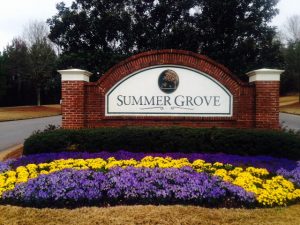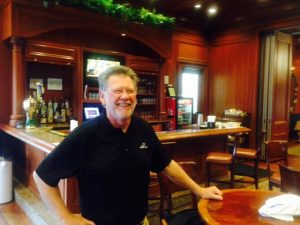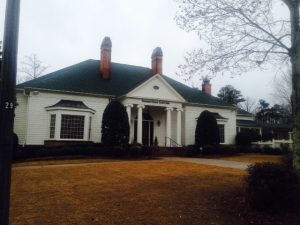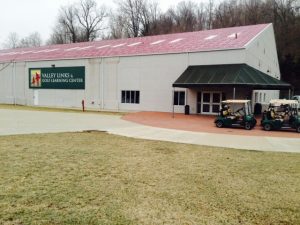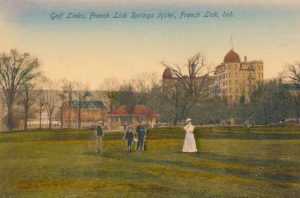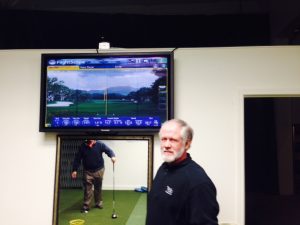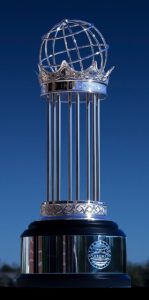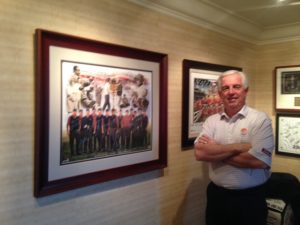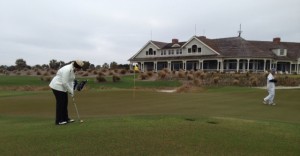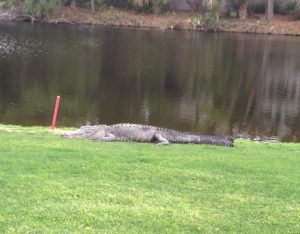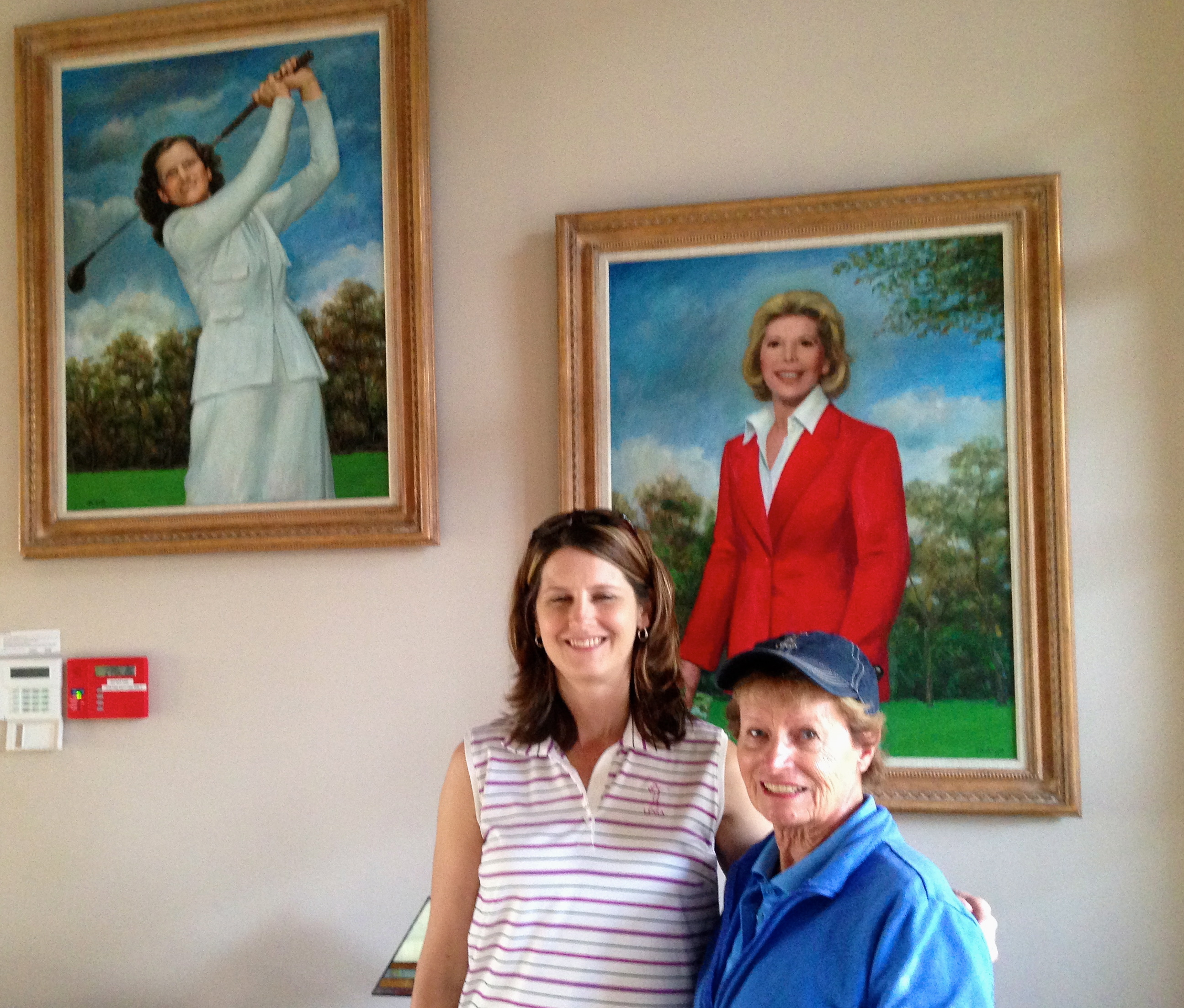Illinois and Northwestern have become perennial contenders for the men’s and women’s golf titles in the Big Ten Conference, and that’ll again be the case when collegiate postseason play begins this weekend.
The NU women shared last year’s Big Ten title and are the highest-ranked conference team (No. 12) in the national polls. Last year coach Emily Fletcher’s team shared the title with Purdue – NU’s first-ever Big Ten crown in women’s golf. This year’s team has no seniors and will defend on a different course starting on Friday.
French Lick Resort, in southern Indiana, hosted both the Big Ten men’s and women’s championships the last two years with the men competing on the newer, more difficult Pete Dye Course and the women on the history-rich Donald Ross Course. This time the tourneys won’t be held on the same weekend, so the women’s event is being moved to the Dye layout and will run through Sunday.
Illinois, runner-up in last year’s NCAA tournament and ranked No. 8 nationally this season, goes after its sixth straight title in the men’s tournament on the same course May 2-4. The Illini may have a tough time defending after finishing second behind league rival Iowa in last weekend’s Boilermaker Invitational at Purdue.
Individuals on both the Illinois and Northwestern men’s teams picked up major honors last week. Illinois’ Thomas Detry was named to the 10-man European team for the Palmer Cup matches – a Ryder Cup style team event for collegians. He’s the third Illini golfer selected, following Scott Langley (2010) and Thomas Pieters (2011). NU’s Jack Perry was named among five finalists for the Byron Nelson Award, which goes to the top player in the Golf Coaches Assn. of America.
NU coach Pat Goss also announced the signing of a major recruit. The Wildcats landed Sam Triplett, son of veteran touring pro Kirk Triplett. In addition to frequently working as his father’s caddie, Sam was the Ping Junior Match Play champion in 2012 and led Brophy Prep to the Arizona state high school championship in 2011. He’ll arrive in Evanston in the fall.
Two teams shoot 65 in IPGA opener
Bad weather cancelled the first tournament on the Illinois PGA schedule, but Monday’s Pro-Pro event at Chicago’s Harborside International was plenty competitive.
Chris Ioriatti, of Mistwood in Romeoville, and Frank Hohenadel of Midlothian posted a 7-under-par 65 to share honors with the downstate team of T.A. Hazlep of Lakeside, in Bloomington, and J.T. Thompson, of Deer Park in Ogelsby. Both teams played on Harborside’s Starboard course. The Port layout was also used in the event.
The two champion twosomes edged five two-man teams that posted 66. One of them featured two-time IPGA player-of-the-year Curtis Malm, who was playing in his first event representing White Eagle in Naperville. He had been an assistant at St. Charles Country Club before changing jobs in the offseason. Malm’s partner was Tim Dunn, of Naperbrook in Naperville.
Here and there
The Encompass Championship, the only pro tour event scheduled this season in the Chicago area, has selected four new charity beneficiaries for its June 16-22 Champions Tour stop at North Shore Country Club in Glenview – the Daniel Murphy Scholarship Fund, Junior Achievement of Illinois, First Tee of Greater Chicago and Juvenile Diabetes Research Foundation of Illinois.
Cog Hill, in Lemont, will host Chicago’s largest outdoor demo day of the season from 9 a.m.-3 p.m. on Saturday. All the major equipment companies will display their products and free range balls will be available for visitors who wish to test clubs.
First Tee will hold an open house at one of its new locations, at Harborside International, from 1-4 p.m. on Saturday.
Palatine Hills held dedication ceremonies for its new clubhouse on Tuesday.
One of Chicago’s longest-standing recreational events, the 38th Pine Hollow Open, will be played Saturday at Downers Grove Golf Club.
Mistwood, the Romeoville home of the Illinois Women’s Open tourney, opens on Friday. This will be the course’s first full season since the completion of its two-year renovation.

